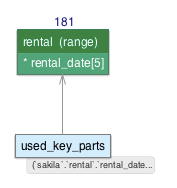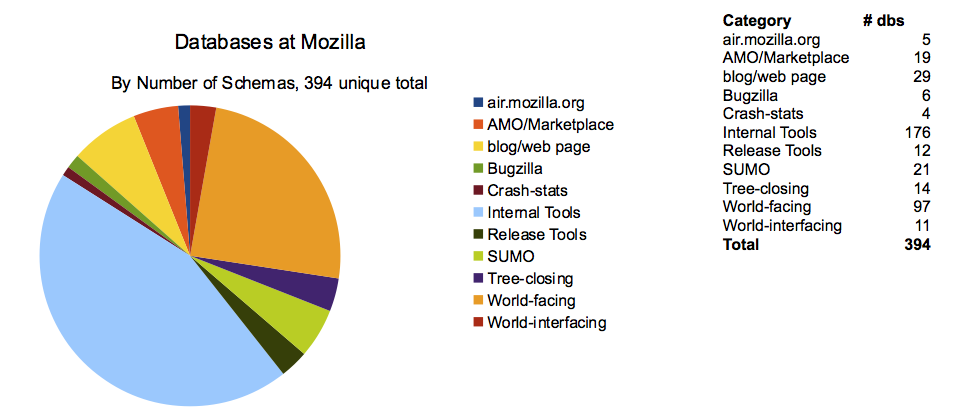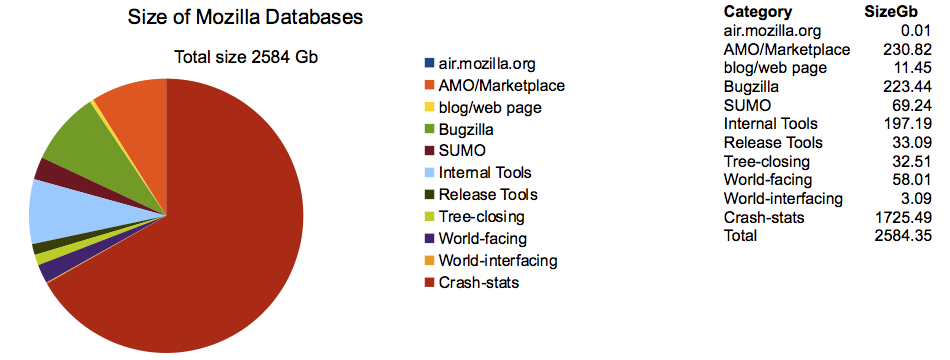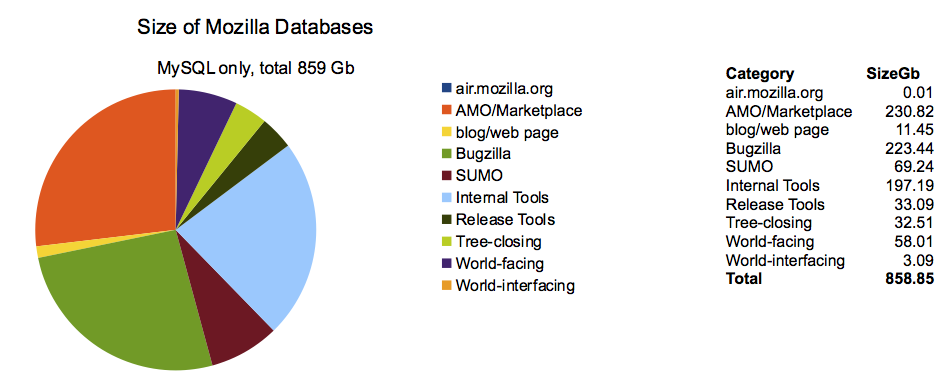On a RHEL 6.3 server, we are running MySQL 5.1 (not MariaDB, not the Percona patched version, plain old regular MySQL):
$ rpm -qa | egrep -i "percona|maria|mysql" | sort
mysql-5.1.61-4.el6.x86_64
mysql-libs-5.1.61-4.el6.x86_64
mysql-server-5.1.61-4.el6.x86_64
percona-toolkit-2.1.8-1.noarch
percona-xtrabackup-2.0.5-499.rhel6.x86_64
perl-DBD-MySQL-4.013-3.el6.x86_64
$
We went to do a system update today, and had a problem with dependencies, because the Percona repository wants to replace mysql-libs with Perconas shared libraries. How rude!
# yum update mysql-libs
Loaded plugins: downloadonly, rhnplugin, security
Setting up Update Process
Resolving Dependencies
--> Running transaction check
---> Package Percona-Server-shared-51.x86_64 0:5.1.67-rel14.3.506.rhel6 will be obsoleting
---> Package Percona-Server-shared-55.x86_64 0:5.5.29-rel29.4.401.rhel6 will be obsoleting
---> Package Percona-Server-shared-compat.x86_64 0:5.5.29-rel29.4.401.rhel6 will be obsoleting
---> Package mysql-libs.x86_64 0:5.1.61-4.el6 will be obsoleted
--> Finished Dependency Resolution
Dependencies Resolved
==============================================================================================================
Package Arch Version Repository Size
==============================================================================================================
Installing:
Percona-Server-shared-51 x86_64 5.1.67-rel14.3.506.rhel6 percona 2.8 M
replacing mysql-libs.x86_64 5.1.61-4.el6
Percona-Server-shared-55 x86_64 5.5.29-rel29.4.401.rhel6 percona 787 k
replacing mysql-libs.x86_64 5.1.61-4.el6
Percona-Server-shared-compat x86_64 5.5.29-rel29.4.401.rhel6 percona 3.4 M
replacing mysql-libs.x86_64 5.1.61-4.el6
Transaction Summary
==============================================================================================================
Install 3 Package(s)
Total size: 7.0 M
Is this ok [y/N]: N
The reason I say this is rude is because the Percona repository does not have mysql-libs. Its not for the Percona repository to say that its obsolete. If we were running the Percona packages, thats fine, but were not. We are running the MySQL packages, and we want to keep running them. Just because we run the Percona toolkit and Xtrabackup doesn’t mean we want the shared MySQL libraries from Percona as well.
The bizarre part is that the Percona repository recommends installing BOTH Percona-Server-shared-51 AND Percona-Server-shared-55, and those packages conflict with each other. So if I hit yes I would end up getting:
Transaction Check Error:
file /usr/lib64/libmysqlclient.so conflicts between attempted installs of Percona-Server-shared-51-5.1.67-rel14.3.506.rhel6.x86_64 and Percona-Server-shared-55-5.5.29-rel29.4.401.rhel6.x86_64
file /usr/lib64/libmysqlclient.so.16.0.0 conflicts between attempted installs of Percona-Server-shared-51-5.1.67-rel14.3.506.rhel6.x86_64 and Percona-Server-shared-compat-5.5.29-rel29.4.401.rhel6.x86_64
file /usr/lib64/libmysqlclient_r.so conflicts between attempted installs of Percona-Server-shared-51-5.1.67-rel14.3.506.rhel6.x86_64 and Percona-Server-shared-55-5.5.29-rel29.4.401.rhel6.x86_64
file /usr/lib64/libmysqlclient_r.so.16.0.0 conflicts between attempted installs of Percona-Server-shared-51-5.1.67-rel14.3.506.rhel6.x86_64 and Percona-Server-shared-compat-5.5.29-rel29.4.401.rhel6.x86_64
Error Summary
-------------
So in order to upgrade this machine, we had to remove the Percona repository, update the packages so that mysql-libs was properly updated by the right repository, put the Percona repository back, and run update again to see if xtrabackup or percona-toolkit has updates to be run.
And all is happy again:
$ rpm -qa | egrep -i "percona|maria|mysql" | sort
mysql-5.1.67-1.el6_3.x86_64
mysql-libs-5.1.67-1.el6_3.x86_64
mysql-server-5.1.67-1.el6_3.x86_64
percona-toolkit-2.1.8-1.noarch
percona-xtrabackup-2.0.5-499.rhel6.x86_64
perl-DBD-MySQL-4.014-1.el6.rfx.x86_64
$




